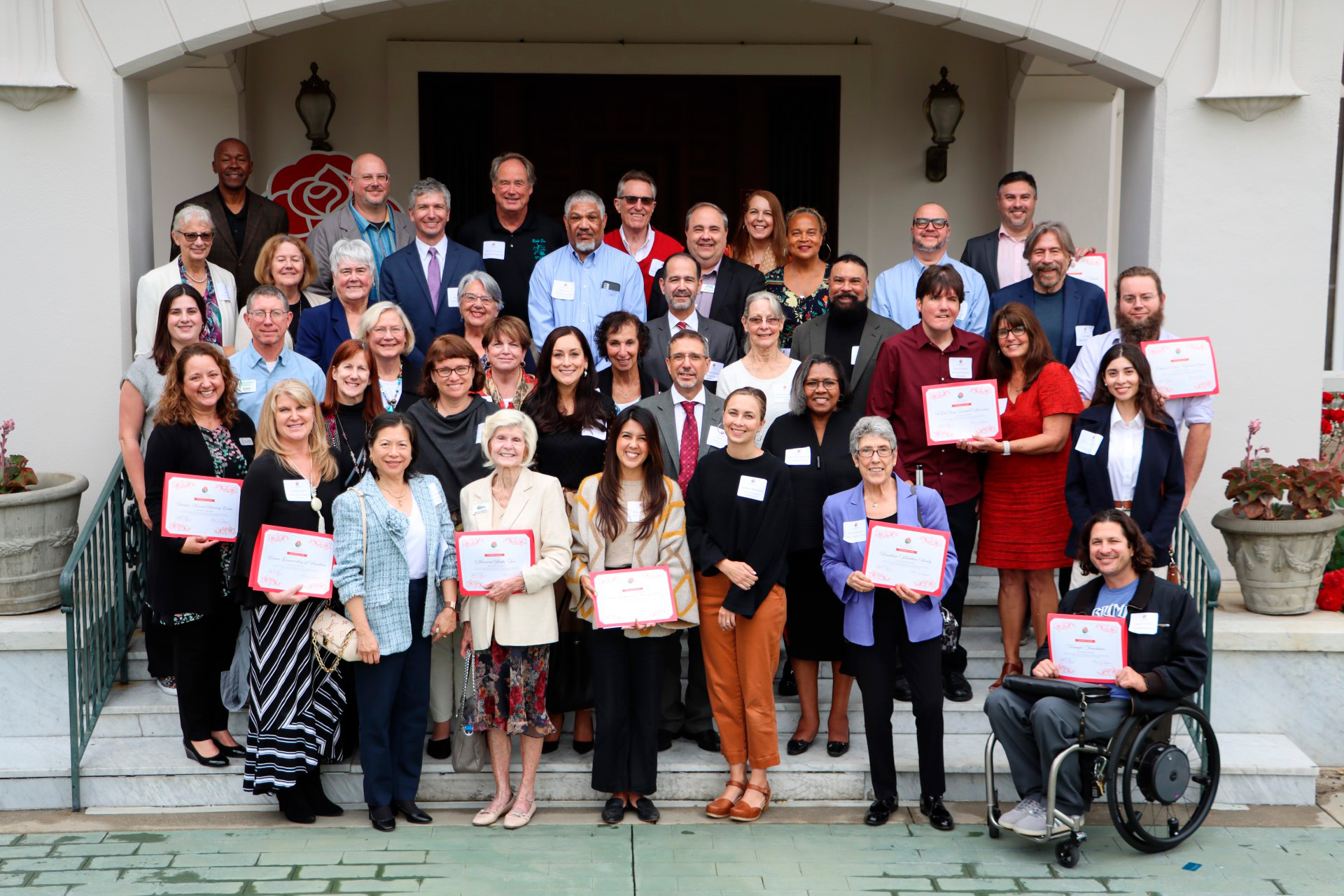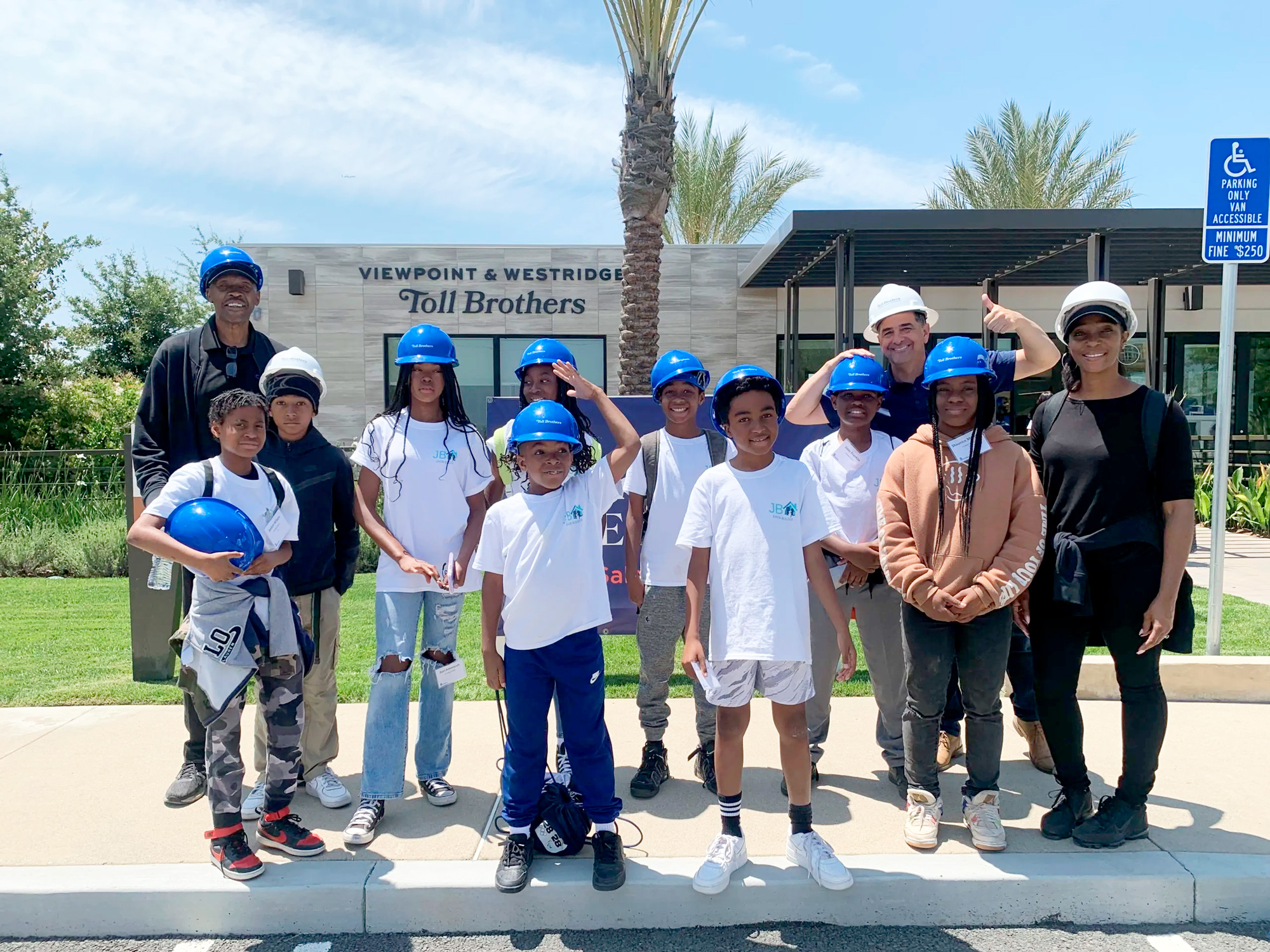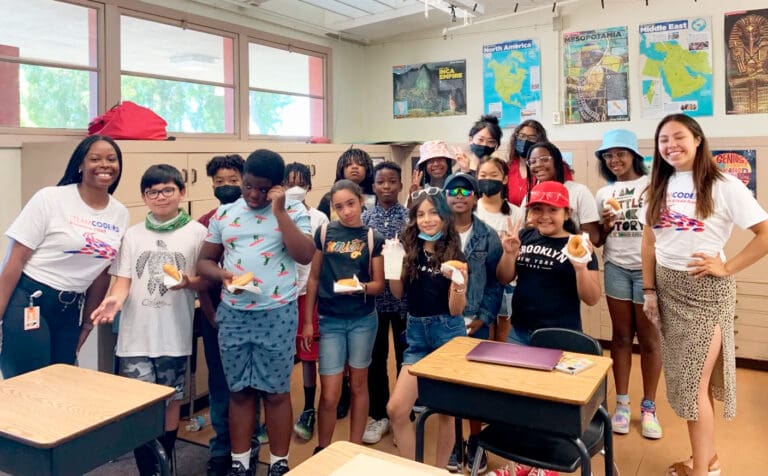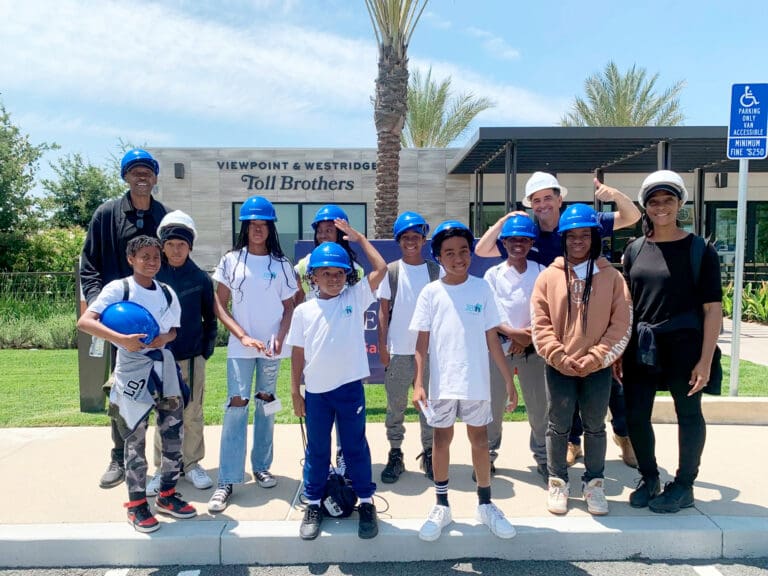Story and Photos by Pasadena Tournament of Roses Foundation
The Pasadena Tournament of Roses Foundation is proud to announce its 2023 grant awards, totaling more than $240,000, to 24 organizations in the San Gabriel Valley. These grants will support new and ongoing programs benefiting children, teens, adults and seniors.
The Foundation’s 2022 Golf Classic presented by J.P. Morgan Private Bank was a success, raising more than $40,000. As a result, five more organizations received grant support.
In 1983, the Foundation was created to receive and manage contributions from the Pasadena Tournament of Roses Association, its members, donors, friends of the Foundation, sponsors and public supporters. The Association and the Tournament of Roses Foundation are focused on positively impacting the Pasadena community with charitable giving, volunteerism and community involvement.
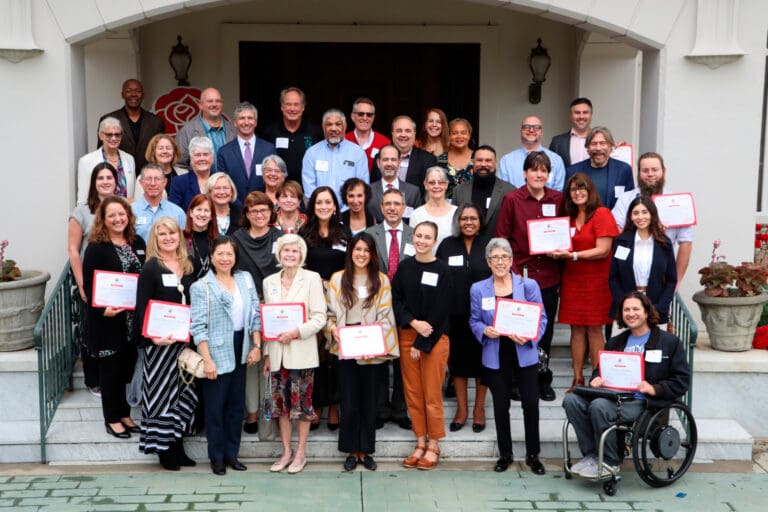
Since its inception, the Foundation has funded more than $5.5 million in charitable contributions on behalf of the Tournament of Roses Association, with a goal of investing in people through sustainable programs. This year, one $35,000 grant and one $15,000 grant were awarded, in addition to 22 other community initiatives that received grants of up to $10,000.
- $35,000 grant – STEAM:CODERS inspires underrepresented and underserved students and their families by providing science, technology, engineering, art, and math (STEAM) education, preparing them for academic and career opportunities. To reach a greater number of underserved students throughout the greater Pasadena area, STEAM:CODERS will expand their STEAM classes, camps, and the MathPods program. These initiatives will be available year-round during the school day, after-school, weekends, school breaks and during summer camps.
- $15,000 grant – The Pasadena High School Alumni Association (PHSAA) aims to foster connections among Pasadena High School alumni, current students, faculty, staff and administrators. Their objectives include fundraising to support the school, offering scholarships, engaging in community service and promoting school spirit. With this grant, PHSAA will enhance an area in the Harriet Hammond Library and Media Center, making it more user-friendly for classes, study space, reading nooks, tutoring and other educational activities.
The categories for the Foundation grants are Visual and Performing Arts, Sports and Recreation, and Education (Early Childhood Learning, STEAM/STEM, Literacy.) Broad categories allow the Foundation to contribute to our local communities’ civic, cultural and educational advancement.

